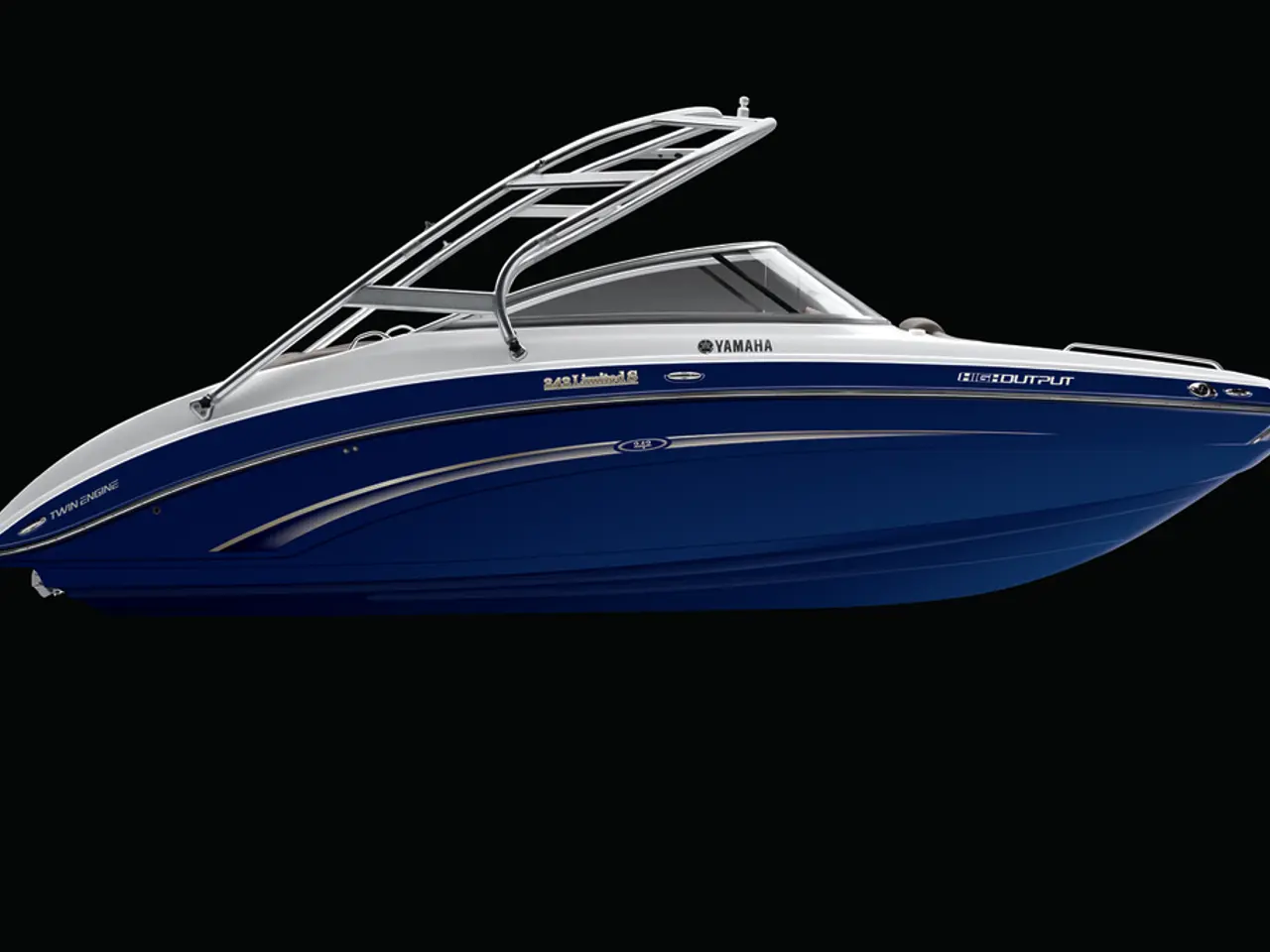Death Stranding 2 Game Assessment: Discovering 10 Unexpected Advantages and Disadvantages
Death Stranding 2, the highly anticipated follow-up to the critically acclaimed original, has been released, promising a deeper and more immersive experience.
The game's expanded storyline carefully reveals each character's past and dreams, adding layers of emotion to the experience. Innovative elements like advanced traversal mechanics, immersive worlds, and emotional narrative depth may set a higher standard for sequels.
However, some aspects of the game have seen mixed receptions. The core gameplay remains largely the same as the original—focused on traversal and delivery—with the same sluggish walking pace and logistical elements, resulting in monotonous pacing similar to the first game.
Combat has been notably improved with more options for stealth and direct encounters, moving closer to a Metal Gear-like style. However, enemies remain easy to defeat with overpowered weapons, reducing challenge even on hard difficulty. The presence of BTs (invisible supernatural enemies central to the series theme) is much reduced, confined mostly to side content, which disappoints some players because BTs were core to the original game’s atmosphere and theme.
The new setting is a version of post-apocalyptic Australia, which is more visually diverse and richer than the US-inspired landscape of Death Stranding 1. Despite this, some critics feel it lacks the "magic" and distinctive feel of the original’s stylized landscape. The story reportedly treats protagonist Sam more like a soldier than a lone porter, which may feel thematically off compared to the first game’s more solitary and reflective tone.
The game's Chiral Network feature (shared multiplayer world) returns with players grouped into servers sharing structures, vehicles, and holograms. This greatly simplifies gameplay by enabling players to rely on pre-built infrastructure and vehicles left by others, making resource gathering and crafting largely irrelevant. The "likes" system for player contributions remains but without clear gameplay impact beyond visual and audio feedback, leading critics to question its meaningfulness. Multiplayer cooperation significantly eases the delivery tasks and terrain traversal, arguably making the game easier than its predecessor.
Graphics have improved, with the new game showcasing better visuals and a more varied environment reflecting Australia, but the impact on gameplay depth and engagement is limited.
Despite these criticisms, Death Stranding 2 offers improved traversal mechanics, making movement smoother and more enjoyable. Players can now carry cargo with greater ease and less frustration, thanks to refined stacking and balancing mechanics. The in-game encyclopedia, Corpus, helps players understand themes and history more easily.
Traversal feels smoother and more fun in Death Stranding 2, with new climbing gear and zipline tools. Dynamic weather events make exploration more intense, with sudden sandstorms and fireball rain keeping players alert. A new vehicle, the Tri Cruiser, is available for quicker and more versatile travel through diverse terrain.
Storytelling flows with less confusing twists than before; pacing issues from the first game have also been reduced for a steadier playing experience. Combat has been upgraded with creative weapons and dynamic weather events that affect enemy behavior. Players can now shape Sam's skills using a simpler skill tree; this lets them boost stamina or cargo limits fast without confusion. Ending scenes now resolve story questions instead of leaving players puzzled about what happened next.
With more players craving fresh ideas, this daring direction can encourage studios to take bigger chances on ambitious titles. If Death Stranding 2 reaches major sales goals, it could prove unconventional concepts are worth investing in.
The sci-fi and fantasy elements found within Death Stranding 2 are integrated seamlessly with advanced traversal mechanics, immersive worlds, and an emotional narrative depth, potentially setting a new standard for science fiction and fantasy entertainment in video games. However, some critics suggest that the game falls short of capturing the "magic" and distinctive feel of the original's stylized landscape, which may lead to mixed opinions about the game's overall entertainment value.








